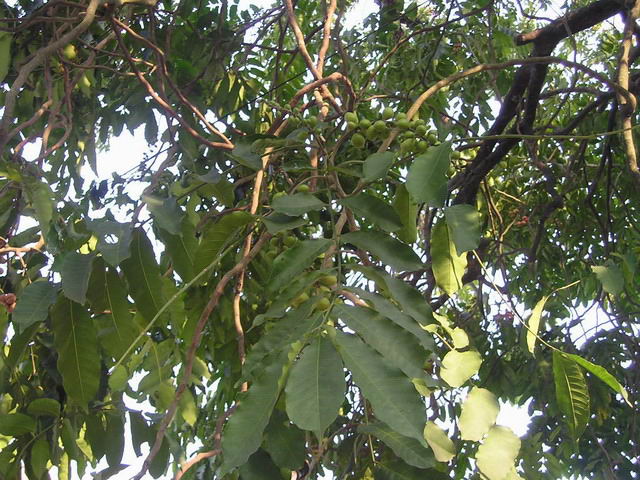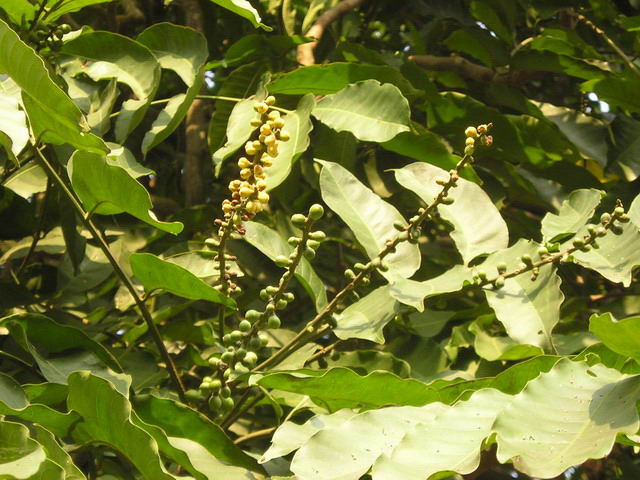Nguyễn Trọng Tín
Junior Member
Chào anh Nguyễn Hữu Hoàng và các bạn 
Nhiều ngày qua trên phương tiện thông tin đại chúng có nói đến nạn khai thác gỗ huỳnh đàn (hay còn gọi là Huỳnh đường) tên khoa học là Disoxylum loureiri
Và em muốn biết loại cây này đặc điểm sinh học của nó như thế nào nhưng tra cứu mãi thông tin trên mạng nhưng chẳng thấy có tài liệu nào nói về nó cả.
Vì vậy em mong anh cùng các bạn trên forum nếu có biết thông tin gì về loại cây gỗ quý này thì tìm giúp dùm em với !
Em xin chân thành cảm ơn.
Nhiều ngày qua trên phương tiện thông tin đại chúng có nói đến nạn khai thác gỗ huỳnh đàn (hay còn gọi là Huỳnh đường) tên khoa học là Disoxylum loureiri
Và em muốn biết loại cây này đặc điểm sinh học của nó như thế nào nhưng tra cứu mãi thông tin trên mạng nhưng chẳng thấy có tài liệu nào nói về nó cả.
Vì vậy em mong anh cùng các bạn trên forum nếu có biết thông tin gì về loại cây gỗ quý này thì tìm giúp dùm em với !
Em xin chân thành cảm ơn.



